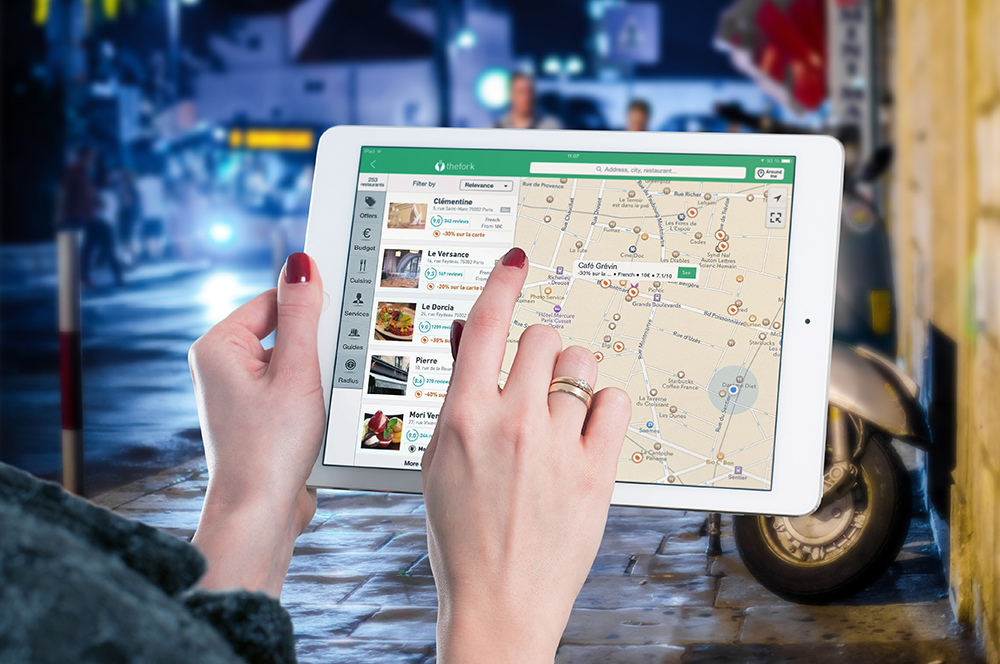Brands spend huge resources perfecting their brand image and proposition but all too often, if gets lost in translation.
Brands invest huge resources in creating, developing and perfecting their brand. From setting themselves apart in their marketplace and developing the core elements that connect with their audience, through to their tone of voice and visual assets, branding plays a huge role in connecting an organisation with its consumers.
But when it comes to taking that brand to new markets and new territories, even the most carefully cultivated brand can end up being lost in translation. Even the slightest misunderstanding in cultural nuances, social sentiment or local conventions can bring a carefully-planned brand strategy crashing down.
Mistakes can cause short-term embarrassment – the sort of storm that soon passes with a good crisis management plan - but others can have severe long-term repercussions. The risk of that ill-fated ‘Ratner moment’ increases when you start to take a brand out of its native language, away from its existing customer base, away from its native environment and out of its comfort-zone.
Even the biggest global brand can get miscue cultural cues and sentiments. Global FMCG brands, with all the resources that you would expect them to have to get this difficult balance right, have been accused of marketing communications that have been culturally insensitive, nonsensical or even offensive.
So what does it take to get it right and, more importantly, to avoid those mistakes and pitfalls?
It’s more than a translation

Perhaps the biggest mistake that even the most successful global brands have made in the past when it comes to taking their brand to new territories is to set up a message that works for their main market and simply try to translate it. The quick solution is often a one-to-one translation of the main market content, which can result in activity that’s just not right for your local audience. What comes across perfectly in your native language may not come across in quite the same way in different languages, other cultures or in different political, social and economic environments.
Instead, aim to set a central strategy from the start and get local experts involved in the early stages of your planning ensure messaging will work across target localities. While it may seem more time-consuming to get more opinions involved in the planning stages, you will be able to save valuable time and money in the long run.
Once the central brand messaging is set up, you can start localising it (and remember that localising and translating are two different things). Construct your main market message before allowing native speakers to localise it for you.
Research your way to success

Effective, thorough research is essential for any campaign. If you’re planning activity across borders, you should treat each market as a separate campaign and invest plenty of time to carry out extensive background research. Find out who your audience is in each country, be aware of any potential cultural challenges and take a close look at your competitors before you go ahead with the creation.
Audiences
You may have launched your business decades ago and learned everything there is to know about the audience in your native country. The data you collated over the years can be a helpful starting point, but you shouldn’t assume that this will reflect your target audience in every other market.
For each country, make sure to find out everything you can about the demographics, interests and online behaviour of the people you want to reach. What’s the average age, income and gender of your audience? Are locals more interested in hard facts, such as data-led news stories or creative insights that stir emotions and are led by great visuals?
Look for the best way to approach your local customers and find out which social channels they use. They might prefer reading well-researched whitepapers, while UK audiences are engaging more with inspiring content.
Cultural sensitivities
Possibly the biggest danger any brand faces when entering new territories is to offend or alienate audiences by being culturally insensitive. Be aware of certain colour connotations, acronyms, hashtags and gestures. Avoid any politically charged statements unless you’re confident you know everything about the local culture.
In addition to the above, be aware that humour is actually harder to localise than any other content. Jokes often rely on an understanding of the local culture, the language, every-day situations or the local mainstream culture. Humour is very personal and differs greatly between cultures – what may be perceived as a cheeky joke in one language may be perceived as aggressive in another once translated.
You can learn more about culturally sensitive topics and the difference between translation and localisation by reading our blog post on key challenges of global marketing campaigns.
Competitors
When entering a new market, local competitors can be the biggest help. Take a close look at what they do differently. Analysing the online presence of the strongest players in a country is often insightful but do make sure to look at brands of your own size as well. What are they already doing well and where do they struggle? Learn from the positives and negatives alike.
Putting your plans into practice

Now it’s finally time to take your newly gained insights and use them to your advantage. Here are a few areas where you should take action.
Social channels
If you don’t already know where your audience will be most active, see which social channels they are most likely to use. In some countries, such as Germany, Twitter and Instagram are still a lot smaller than Facebook. Make sure you speak to local experts and get their insights on which platforms will be the right ones for you to use.
Once set up, make sure to check any hashtags you are planning to use in every market. Are they connected to a political party or associated with another competitor? In some cases, it can be worth keeping an English hashtag across markets if locals understand the language. For example, translating the #TGIF hashtag into German would make it very confusing and unnecessary long #GSDDEFI (“Gott sei Dank, dass es Freitag ist”).
Landing pages
Using social and paid ads can help you drive more readers to your website, but you also need to make sure the content you lead them to is relevant to their needs. Having a dedicated blog section with regular updates does not only improve your site’s visibility and Google rankings in each country, it proves you’ve the right expertise in your area.
Stay away from directly translating any content you created in English for other markets – this hardly ever works out, as it can come across as culturally insensitive or irrelevant. For example, find out if Black Friday deals are known in your target country before creating an ad for it. Similarly, there may be new opportunities of creating content around search terms that are on the rise in a different country but not as commonly searched for in your main market.
The final thing to remember is to guide people to product pages that function well for the device they are more likely to use. Desktop may still be bigger in some countries than mobile, while in the UK mobile has overtaken desktop use by a mile. By the end of 2017, 63% of websites were accessed through mobile devices in the UK and only 37% were accessed through desktops. This trend is showing across markets including France and Germany, according to Similar Web’s State of Mobile Web Report.
It may be tempting to cut corners and find a universal strategy for your international activity but it unfortunately hardly ever works out. The more targeted your approach is in each country you operate in, the more engaged your audience will be. Getting your messaging right every time can help you gain great successes in terms of SEO and authority and this will finally result in a better brand reputation and more conversions.


